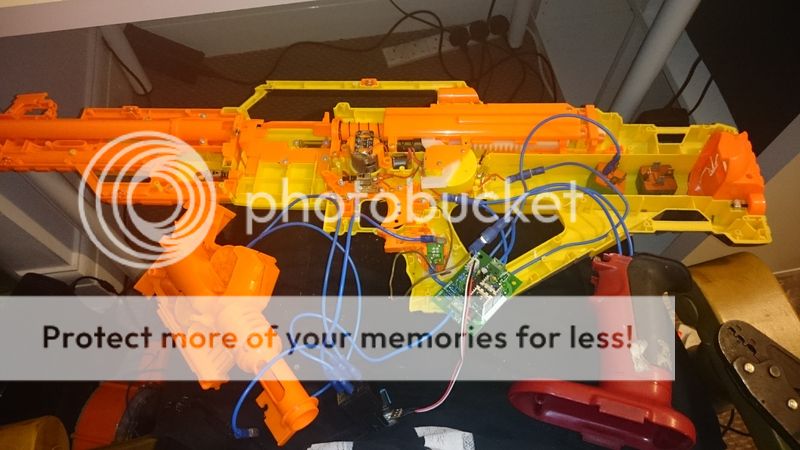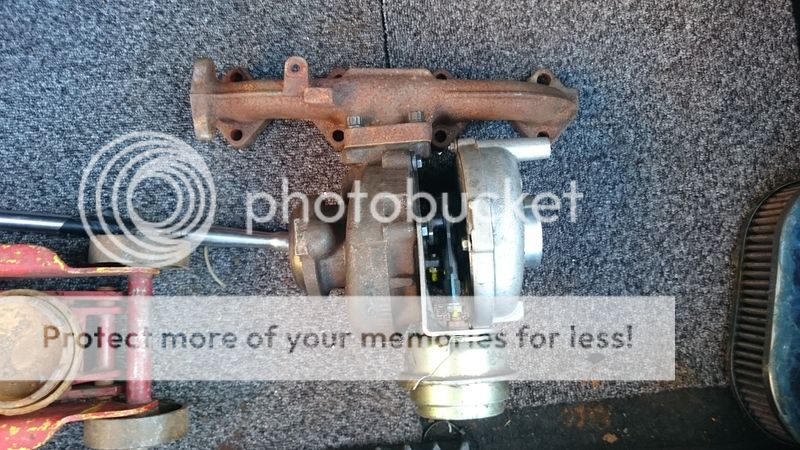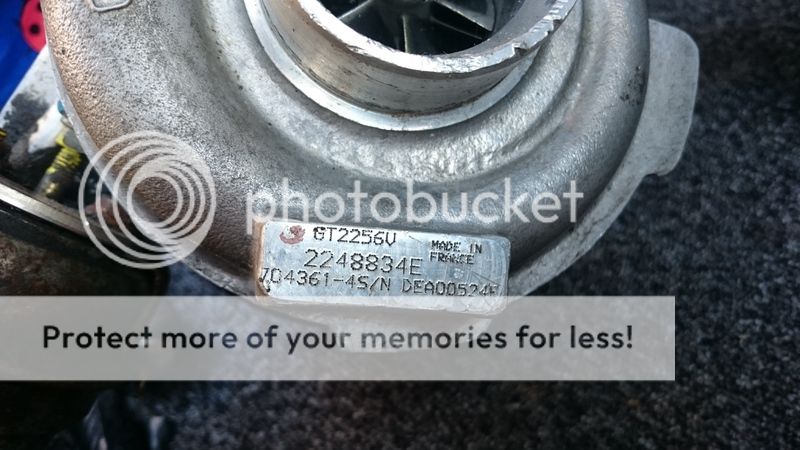Hello Dan

Freelander injectors have a smaller nozzle orifice size vs SDi injectors (don't have the numbers to hand) and a few of us have tried it, and the increase in smoke and performance is noticeable. Similarly, fitting them to a VP30 pumped L series (25/45/ZR/ZS) shows less power vs SDi injectors. To get similar power levels, requires additional fueling in the mapping - Kris can attest to this.
The spread sheet from Kris (which he got from the rover forums possibly with your help) shows the slight differences and nozzle numbers etc. Kris is certainly under the impression that changing the Freeby ones for SDi is pointless in reality - even if remapping. I am certainly not bothering changing them as the realistic difference is so minimal as to be pointless.
On my hippo, it did indeed have the earlier SD/SDi style compressor wheel. There are physical differences in the shape of the wheel, which give reduced efficiency over the "late spec" wheel (note: I never say "S", as it's always seemed a bit hit and miss as to whether these are even stamped as such). And these are easily visible - the early design are more rounded/curved, whilst the higher efficiency style have straighter leading edges on the fins.
It would appear that the 100490 turbo was fitted from early 98, however, the only way is to check the number on the compressor housing. The earlier 100400 is indeed a different animal. All units are indeed S (as said - it only represents internally wastegated - nothing more. Garrett even admitted that they sometimes added it, sometimes didnt lol

- it is however always shown on the Garrett website. It was actually another well known 'tuner' who quoted the 'S' suffix as the unit needed

- certainly not Kris.
Tried feeding the MAP sensor a fixed voltage, and it didn't like it, lol. I can't do mapping, and I have no intention of learning how to map - Kris can do it with ease, so there's no need for me to try, and only end up with half a good as a result as he can.... so I just try little things, to see how "intelligent" the crude Hippo ECU is.
lol

definitely not recommended....the ecu is not that crude really, it certainly rejected a max map signal with low CPS rpm input.


- what did it do ? - did it drop to fail safe mode (it should limit the injection quantity to 21mg per stroke and put the money light on) - or did it just go tits up

. Yes, as far as mapping is concerned I will leave that to the expert. I have no problem actually programming the replaced eeproms (after removing the old eproms and socketing the board. The smaller eeproms are interesting though - the 2 - 8 pin 93c46 units. I am very interested in poking around with the code in there but that is not for power mods - it is for ecu 'swap-ability' - (different topic lol)
If the EGR is working - you'll notice utterly zero power improvement. When you're requesting power, they're not used.
My egr was crudded, but still working properly. Reason I removed it was blocked waterways in the first instance. For some reason in Portugal many people think antifreeze / corrosion inhibitors are not needed .

.... whilst the lump was out we removed all core plugs cleaned everything out and then replaced the core plugs - all fine now. Best place for it is in the bin....
You'd only notice an improvement in power from removing the catalytic converter, if yours was blocked. Turbo spool, yes. But not power.
Faster turbo spool up is definitely noticeable bringing in the power / torque at a lower rpm and certainly more effortless driving at 1800 - 2200 rpm. All cats on higher mileage engines will degrade with contamination over time. Also, all cats offer a restriction to flow - even if slight and even if in good nick - again, best place is in the bin imho.

The hybrid turbo I designed, had more power than stock by 1800rpm. So even though the "lag" is still barely any different to stock, you're making more power at those points anyway
I considered the hybrid approach but must confess cba factor is high these days and I am generally impressed with the standard (100490) spec turbo and the tuning potential of the unit.
35 / 40 years ago I would have played more with hybrid units - at that time we were making our own throttle bodies for adding injection systems to carburated engines - originally using modified K jettronic systems then later the Weber Alpha type programmable units. We also using forced induction but mostly with draw through carburation prior to the turbo (again owing to lack of injected candidates).. but would now rather go the easy route

- pumping huge amounts of highly volatile mixture through lengths of pipe was not something to give one a warm feeling - (unless literally) .... ho hum.
I seriously considered doing various modifications to the fuelling such as the rather crude feeback loop mod on the vp37 but this is too much of a scatter gun approach. I could refine it quite easily with an embedded microprocessor and take into account other sensors and non linear control of fuelling - also injection timing adjustment is quite possible with a micro, however, when guys like Kris are about why bother ??

all that can be done by him very easily and at a great price.
Did you ever complete that crazy looking twin turbo unit

- that looked a rather 'interesting' project... it should have shown you in the background with a white coat, a shock of white hair and a flux capacitor lol.

.. they are the sort of crazy things I like to see - just dont get it to 88 mph......
Joe
 - (If you ever wondered what is in your Diesel ECU - here you you..
- (If you ever wondered what is in your Diesel ECU - here you you..  - programmer is universal and freeking superb !.
- programmer is universal and freeking superb !.




























